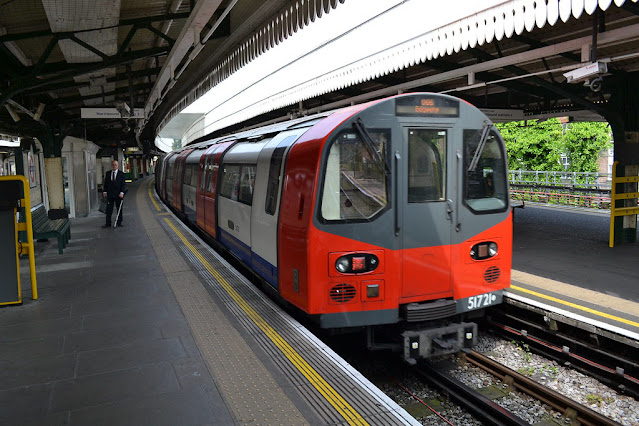Oswestry, in Shropshire, was a station on the Cambrian Railway line. A heritage railway has now opened on the station site though not using the original platforms.
| Information |
| Type: |
National Rail
(Cambrian Railways) |
| Opened: |
1860 |
| Closed: |
1966
(Cambrian Heritage Railways re-opened 2014) |
| Platforms: |
6 (now 1) |
The station was opened by the Cambrian Railway in 1860, being closer to the town centre than the GWR's station which opened in 1849. The town served as the railway's headquarters. The line completed the LNWR's mainline from
Whitchurch to
Welshpool. Later the Cambrian Railway built it's locomotive works opposite the station.
The station was closed in 1966 as part of the Beeching cuts, freight continued to use the line until 1971. Most of the station was demolished apart from the main building which has survived to this day and is now owned by the local authority.
The Cambrian Heritage Railway has begun operations using the surviving railway from Oswestry to
Weston Wharf, with the eventual aim of reaching
Gobowen. The heritage railway uses Oswestry station's former goods depot as it's station.
 |
| Main station building [1] |
[1] C. P. Gasquoine, The Story of the Cambrian (Woodall, Minshall, Thomas, 1922)




































